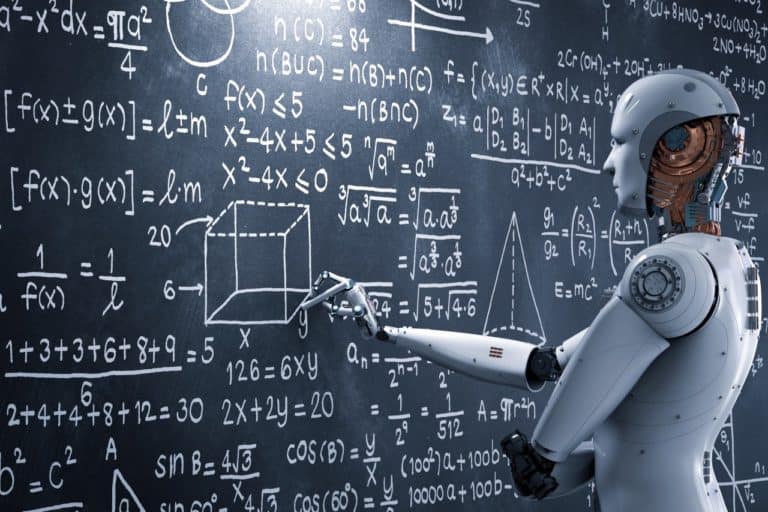The work of the Chinese company Baidu is often neglected when it comes to artificial intelligence. Companies like Google and Microsoft always get more attention. However, today the company appears to have taken another significant step forward: a direct translation machine.
Baidu announced today that for the first time it has developed a direct-acting translation machine. It has a controllable delay that works by anticipating a speaker’s next words through machine learning. It is a development with great potential.
Translate directly
Baidu calls the system Simultaneous Translation with Anticipation and Controllable Latency (STACL), which aims to make direct translations widely available. The system could be useful, as translators can usually only provide a subsequent translation. This means that a translator has to wait until a speaker has finished his sentence, which can be translated quickly. This can take a long time and sometimes disrupt a conversation.
For this reason, many government leaders and other important individuals prefer translators who can translate directly. This is not an easy task, because they have to start translating immediately a few seconds after someone starts speaking. There are only a few people who can do that and the work demands a lot from people.
Complicated technique
Most people who can translate directly can do so for a maximum of twenty to thirty minutes at a time. Then they get tired and make mistakes. Sometimes these kinds of translation teams consist of two or three people who alternate. That is why there is an urgent need for automated systems that make it possible to translate directly, according to Baidu.
Despite the fact that tools such as Google Translate are becoming increasingly precise, direct translation of spoken texts is complicated. This is because the word order has to be correct and for this differences in languages have to be compensated.
An example of Baidu is the Chinese sentence Bùshà Z?ngt?ng zà i Mòs?k? y? P.j.ng huïwù. That means something like President Bush meeting Putin in Moscow. The Chinese verb huìwù (met) is at the end of the sentence, while in the translation it is more apt. To do this, the system must predict that the speaker intends to use the word meet, so that the text is correct.
Choose for yourself when
The Baidu system makes it possible for users to set when the translation should start. For example, they can choose to have a translation made immediately after a word, or, for example, five seconds later. This is useful because it allows us to take account of differences in the structure of languages. French and Spanish are similar and translating them is easy. But languages such as Finnish and Dutch are quite different, so a delay can be useful.
STACL is still a work in progess and not yet tested in practice. So Baidu doesn’t know if it performs better than human translators either.
This news article was automatically translated from Dutch to give Techzine.eu a head start. All news articles after September 1, 2019 are written in native English and NOT translated. All our background stories are written in native English as well. For more information read our launch article.


















